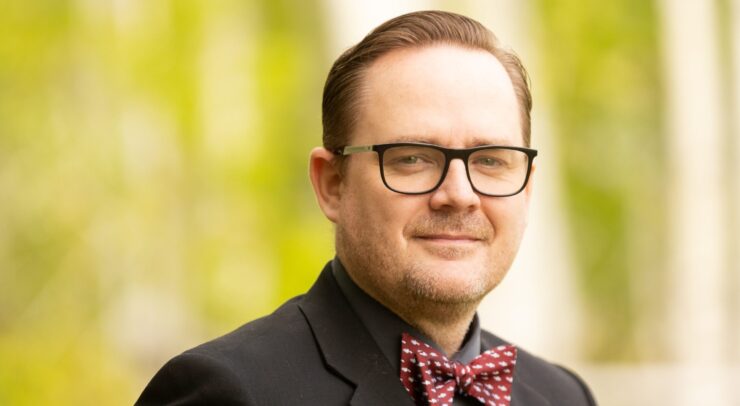“Anyone else’s OSAP funding so low compared to other years?”
Since 2019, the Ontario’s Progressive Conservative government has received criticism for modifying some Ontario Student Assistance Program (OSAP) eligibility criteria and funding regulations.
Now, low-income students only receive 10 per cent of their funding as loans, and the six-month interest-free grace period after graduation has been eliminated. In addition, dependent students whose parents earn more than $140,000 annually are no longer eligible to receive grants.
To offset some of these changes, the Ford government reduced tuition fees by 10 per cent and froze the cost of tuition for two years — which has now been extended through 2023.
Nonetheless, students at the University of Ottawa have taken to Reddit to voice their displeasure at receiving less OSAP funding compared to previous years, and to express feelings of anxiety over their precarious financial situations.
“OSAP funding was cut by Ford, most people got less than they normally would have. Mine doesn’t cover my tuition either. I’m barely affording rent and bills at this point because I had to pay a lot of my tuition out of pocket,” wrote one student on Reddit.
While he still lives at home with his parents, Alp Tatar — a second-year student completing a double degree in electrical engineering and computing technology at the U of O — can relate to the financial stress of his online peers.
“My parents [earn] somewhere between $100,000 and $150,000 as they’re both engineers. However, this money isn’t a lot after all the mortgages, taxes, my sisters with learning disabilities’ needs, tutors, etc. Previously the OSAP last gave my parents more wiggle room to set money aside … However, due to their initial high income, my OSAP got cut.”
Like many others, Tatar became ineligible for grants through OSAP due to his parents’ income. Now, he works two part-time jobs outside of school to help repay his loans.
“No grants were given to me, only loans. I work at Loblaws as an online pick-up desk clerk and deliverer. I also work as a coding teacher for my local mosque,” he added.
Though he is glad to have the opportunity to reduce the financial burden on his parents, Tatar expressed some discontent at the circumstances.
“I love my parents and they mean the world to me … it really sucks and I sort of feel like I got launched into adulthood in a sense. I was doing the coding workshops for kids as a hobby as I love teaching and initially refused payment for doing it … but because of the [OSAP] cuts it really threw my life and family under, I had to run back with my tail tucked in September to teach coding and ask for money for this teaching term.”
When Maryam Atoyebi applied to OSAP to pay for a course in public relations and communications at Seneca College from January to August 2022, she was surprised that her funding wasn’t enough to cover both her tuition and the cost of her textbooks.
“My tuition for the course was supposed to be a little over $5,400. I received $3,200 from my first payout and $1,500 for the second. I had to place several calls and show documentation to prove why I couldn’t pay the difference. They eventually paid the difference and I got just very little left over to buy textbooks.”
In response to the 2022 Ontario budget — which includes a $1 billion cut to OSAP and post-secondary education financial assistance compared to what was available in 2018-2019 — the Canadian Federation of Students-Ontario stated it “strongly condemns the unsettling and negligent trend of eroding PSE through underfunding,” and that “it is time to invest in students and public institutions.”






